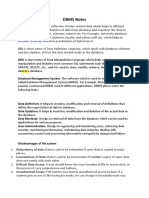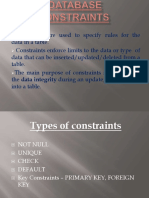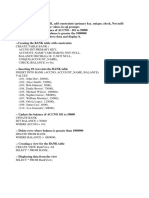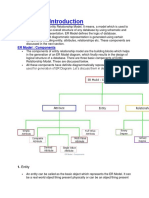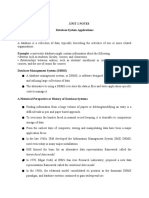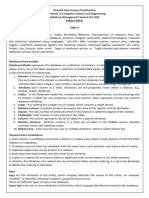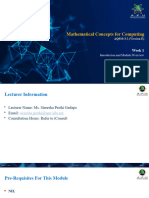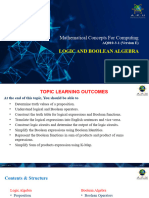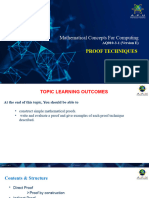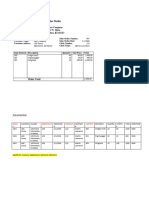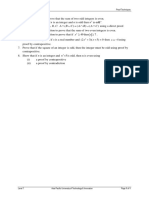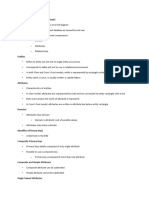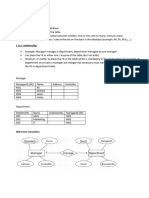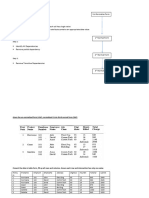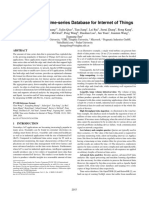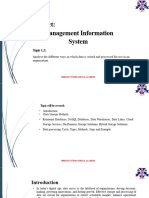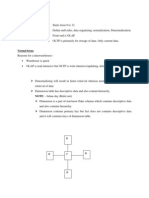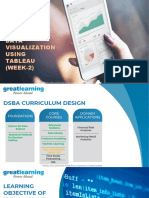0% found this document useful (0 votes)
2K views3 pages4) A Logical View of Data
The document discusses the relational model and how it enables a logical view of data through tables. The key points are:
- A table is a two-dimensional structure composed of rows and columns that contains a group of related entities. It has advantages like structural and data independence.
- Tables can have different types of keys like primary keys, foreign keys, and secondary keys. Primary keys uniquely identify each row while foreign keys match values in other related tables.
- Candidate keys are attributes that can qualify as unique keys. The primary key should be chosen to be unique, non-null, and unchanging. Nulls and redundancy have specific meanings and uses in tables.
- Data dictionaries provide metadata about
Uploaded by
nastaranesmaeilzadeh2Copyright
© © All Rights Reserved
We take content rights seriously. If you suspect this is your content, claim it here.
Available Formats
Download as DOCX, PDF, TXT or read online on Scribd
0% found this document useful (0 votes)
2K views3 pages4) A Logical View of Data
The document discusses the relational model and how it enables a logical view of data through tables. The key points are:
- A table is a two-dimensional structure composed of rows and columns that contains a group of related entities. It has advantages like structural and data independence.
- Tables can have different types of keys like primary keys, foreign keys, and secondary keys. Primary keys uniquely identify each row while foreign keys match values in other related tables.
- Candidate keys are attributes that can qualify as unique keys. The primary key should be chosen to be unique, non-null, and unchanging. Nulls and redundancy have specific meanings and uses in tables.
- Data dictionaries provide metadata about
Uploaded by
nastaranesmaeilzadeh2Copyright
© © All Rights Reserved
We take content rights seriously. If you suspect this is your content, claim it here.
Available Formats
Download as DOCX, PDF, TXT or read online on Scribd
/ 3

